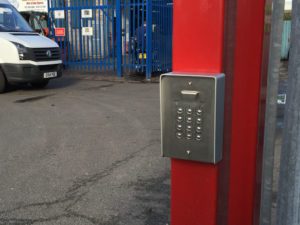
Perimeter Security is an important aspect of protecting your business or property from unauthorized access. One way to enhance your perimeter security is to incorporate access control systems into your security plan.
What is access control equipment?
Access control equipment refers to a variety of tools that are used to restrict access to certain areas or zones within a location. These tools utilize modern technologies to provide security and peace of mind for business owners, their clients, and their employees.
Access control systems are designed to restrict access to certain areas or facilities by using various methods, such as access cards, biometric scanners, or keypads. Here are a few ways you can incorporate access control into your perimeter security plans:
Install access control gates
One way to incorporate access control into your perimeter security plans is to install access control gates at the entrances to your property. These gates can be activated using access cards, fobs, biometric scanners, or keypads, and can be programmed to allow access only to authorized personnel. Access control gates can help to prevent unauthorized vehicles or individuals from entering your property and conducting criminal activity.
Use access control barriers
Another way to incorporate access control into your perimeter security plans is to use access control barriers. These barriers can be activated using access cards, biometric scanners, or keypads. Access control barriers can be particularly effective at controlling pedestrian traffic and preventing unauthorized entry.
Implement ANPR
Access control software such as ANPR (automatic number plate recognition) is a tool that can be used to manage and monitor vehicular access to your property. This software reads number plates and cross-checks them against a list of approved visitors. By implementing access control software, you can have a comprehensive view of who is entering and exiting your property and when, and shut out any unwanted visitors.
Use RFD readers
RFID readers are a cutting-edge technology that can be incorporated into perimeter security strategies. These readers are connected to a network and can be installed at gates or certain areas of a building. When a token is held near the reader, the system checks if the individual is allowed access. If access is granted, a green light flashes; if not, a red light flashes. RFID readers can be particularly useful for reducing the need for physical security guards or limiting access to certain areas to specific personnel.
Radio Receiver
Another tool for controlling access is a radio receiver. Remotes can be linked to a radio receiver unit that can be placed inside or outside of a site, as it has a protective coating that can withstand various weather conditions. Additionally, the controls can be operated remotely, allowing you to open gates or garage doors without physically being at the location.
LED traffic lights
LED traffic lights can be utilised to enhance vehicular access control measures. These lights are often used for traffic control purposes such as at loading bays, weighbridges, and ports to safely guide visitors to a site. LED traffic lights can be paired with an automatic barrier that is activated by an illuminated keypad or intercom system.
Intercom systems
Another tool in the access control arsenal that can be used in several ways is an intercom system. They can be used as a tool to provide access to delivery drivers, staff and visitors, or used as a means of communication in large warehouses or units.
By implementing a combination of access control gates, barriers, software, and signage, you can create a secure perimeter and protect your business or property from potential threats.
Use access control signage
In addition to physical security measures, it’s also important to use access control signage to clearly communicate access restrictions to your property. This can include signs indicating authorized personnel only, or warning against unauthorized entry. Access control signage can help to deter potential intruders and to prevent unauthorized access to your property.
Gateway Automation can help businesses and organisations to protect their assets from serious crime with minimum disruption while maintaining safe and comfortable working environments for clients, contractors, customers and other highly important individuals. For a free no-obligation quotation and feasibility survey please contact Gateway Automation on 01522 682255. Alternatively, you could download our brochure can

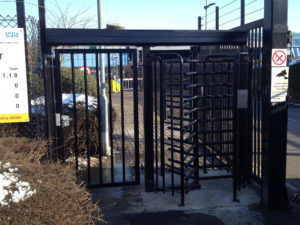
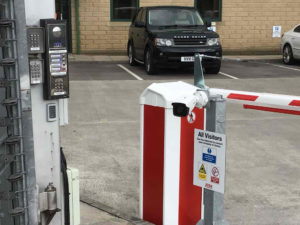
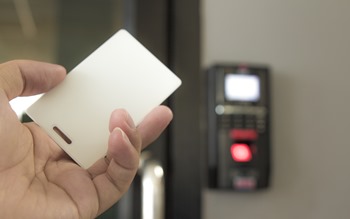 Installing access control is a simple concept and is simple to incorporate into your security system, however, a business must also maintain access control. Although they are extremely efficient and effective, a business needs to ensure that the access control equipment is maintained in order for it to fulfill its potential and provide the best level of security.
Installing access control is a simple concept and is simple to incorporate into your security system, however, a business must also maintain access control. Although they are extremely efficient and effective, a business needs to ensure that the access control equipment is maintained in order for it to fulfill its potential and provide the best level of security. 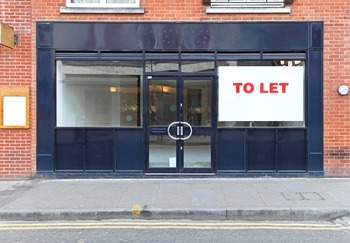

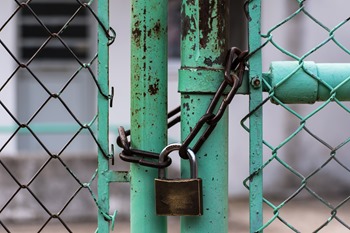
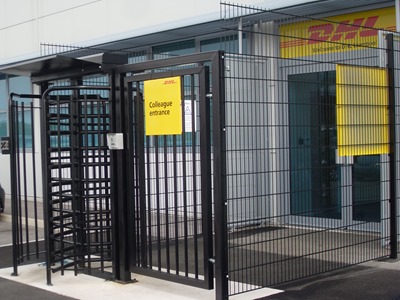
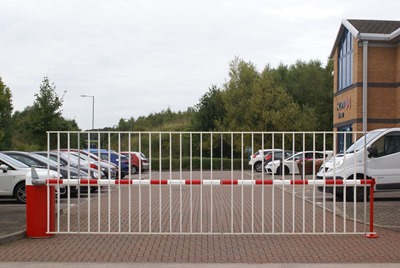

Recent Comments